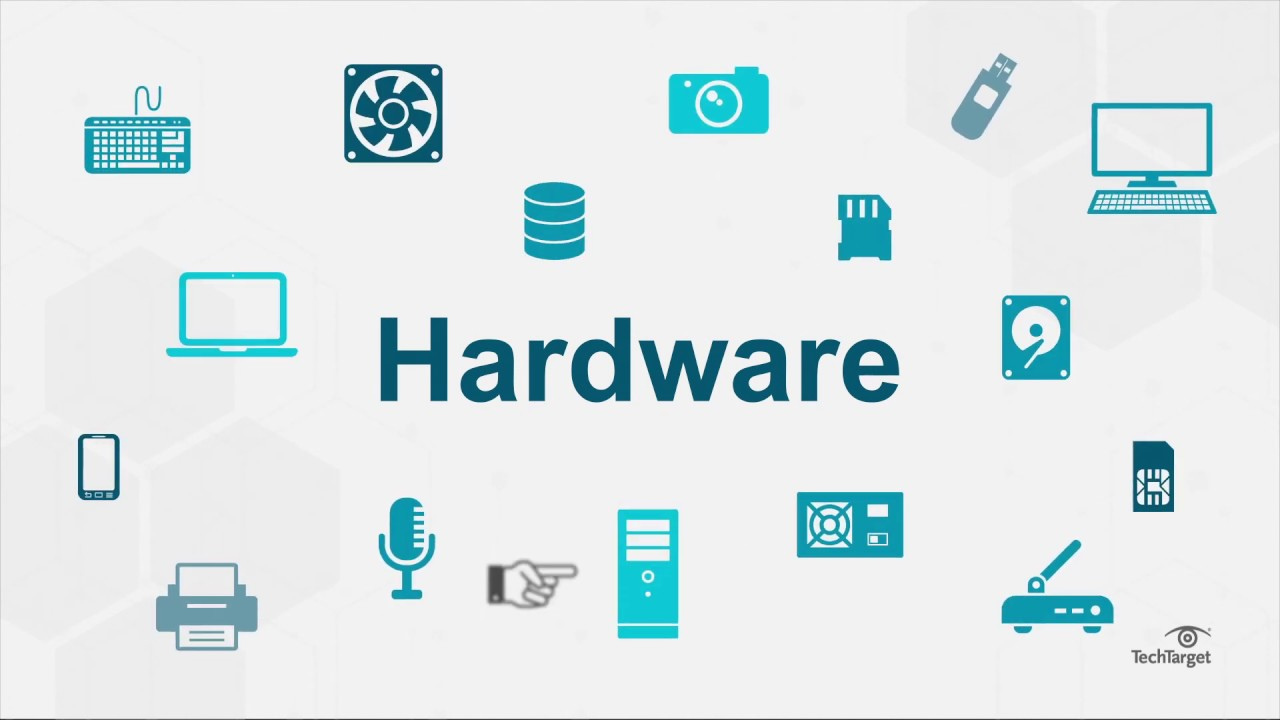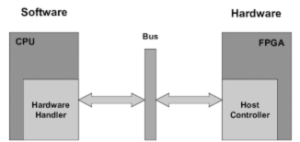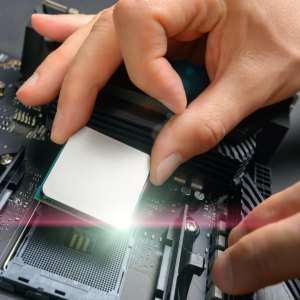
In the realm of computing, the terms “hardware” and “software” are fundamental. They form the backbone of any computer system, each playing a crucial role in its functionality. While both are essential for the operation of computers, they are inherently different. This article aims to explore the difference between hardware and software, providing a comprehensive understanding of each and their interplay in the computing world.
What is Hardware?

Hardware refers to the physical components of a computer system. These are the tangible parts that you can see and touch. Examples of hardware include:
- Central Processing Unit (CPU): The brain of the computer where most calculations take place.
- Motherboard: The main circuit board that houses the CPU, memory, and other essential components.
- Random Access Memory (RAM): Temporary storage that the CPU uses to store data that is being processed.
- Hard Drive (HDD) or Solid State Drive (SSD): The primary storage device for all data and applications.
- Peripheral Devices: These include keyboards, mice, monitors, printers, and other external devices.
What is Software?
Software, on the other hand, refers to the intangible components of a computer system. These are the programs and applications that run on the hardware, instructing it on what tasks to perform. Software can be categorized into several types:
- System Software: This includes operating systems like Windows, macOS, and Linux, which manage the hardware and software resources of the computer.
- Application Software: Programs designed to perform specific tasks for users, such as word processors, spreadsheets, and media players.
- Utility Software: Tools that help in maintaining and optimizing computer performance, such as antivirus programs and disk cleanup tools.
Hardware vs. Software
Understanding the distinction between hardware and software is crucial for anyone delving into the field of computing. Here’s a detailed look at the differences:
- Physicality:
- Hardware: Tangible and physical components that you can touch and see.
- Software: Intangible and exists in the form of codes, programs, and applications.
- Function:
- Hardware: Executes the instructions provided by software.
- Software: Provides instructions to hardware on what tasks to perform.
- Durability:
- Hardware: Prone to wear and tear over time, can be physically damaged.
- Software: Does not suffer from physical damage but can become outdated or corrupted.
- Interdependence:
- Hardware: Cannot function without software.
- Software: Requires hardware to run and execute tasks.
The Interplay Between Hardware and Software

For a computer system to function effectively, hardware and software must work in harmony. The hardware provides the necessary infrastructure for the software to operate, while the software leverages this infrastructure to perform various tasks. For instance, when you type on a keyboard (hardware), the operating system (software) detects the keystrokes and displays the corresponding characters on the screen (hardware).
Examples of Hardware and Software Working Together
- Gaming: A gaming console (hardware) uses game software to render graphics and manage gameplay.
- Word Processing: A computer (hardware) runs word processing software, allowing users to create and edit documents.
- Internet Browsing: A computer (hardware) uses a web browser (software) to access and display websites.
Distinguishing Between Hardware and Software
While hardware and software are intrinsically linked, distinguishing between them is relatively straightforward. Hardware encompasses all physical components, whereas software includes all programs and applications that run on these components. For instance, a printer is hardware, while the drivers that allow the computer to communicate with the printer are software.
Importance of Understanding Hardware and Software
Grasping the difference between hardware and software is essential for several reasons:
- Troubleshooting: Identifying whether an issue is hardware or software-related can simplify troubleshooting and repairs.
- Upgrading: Knowing the role of each can help in making informed decisions about upgrades, whether it’s enhancing hardware components or updating software.
- Efficiency: Understanding how they interact can lead to better utilization of resources, ensuring that the hardware is not overburdened and the software is running optimally.
Conclusion
In conclusion, the difference between hardware and software lies in their nature, function, and interaction within a computer system. Hardware refers to the physical elements, while software comprises the programs and applications that run on these physical components. Both are indispensable to each other and work together to perform a wide range of tasks, from simple calculations to complex operations. Understanding this distinction is vital for anyone involved in the field of computing, as it underpins the functionality and efficiency of any computer system.
If you have any questions for us, you can see more at: https://hardwarepc.xyz/, X


